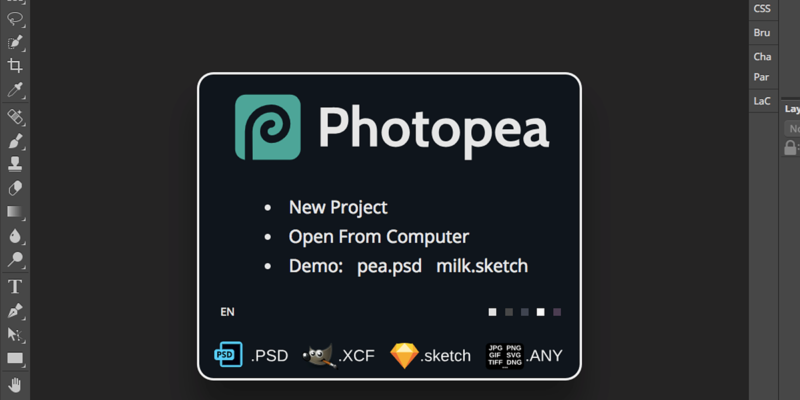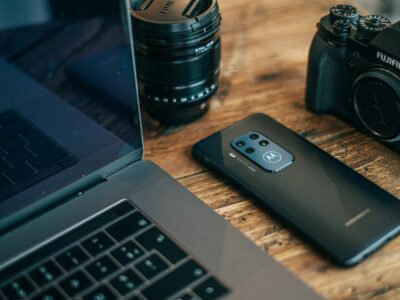
When comparing Photopea with Photoshop, there are several key aspects where Photopea stands out, particularly in terms of accessibility, cost, user interface, and now, with the inclusion of AI generative fill capabilities.
Firstly, Photopea is known for its impressive speed and smooth functionality, especially considering that it’s a browser-based application. It offers a similar range of features as Photoshop but in a more lightweight format. The drawing tools in Photopea are highly praised for their control and ease of use, even with a stylus pen. This makes it a great option for quick editing and smaller projects.
Another major advantage of Photopea is its cost-effectiveness. It’s a free-to-use application, supported by ads, with an optional premium version available for a nominal monthly fee. This contrasts sharply with Photoshop’s subscription-based model, which can be significantly more expensive over time.
Photopea also boasts a more streamlined user interface compared to Photoshop’s traditional menu-based system. This can be particularly appealing for beginners or those who prefer a simpler layout for quick navigation through projects.
Regarding the AI generative fill feature, Photopea offers a tool known as Magic Replace. While the specific functionalities of this feature in Photopea weren’t detailed in my sources, it’s likely to offer a simplified version of the concept, aligning with Photopea’s general approach of providing accessible versions of complex editing tools.
In contrast, Photoshop’s Generative Fill, powered by Adobe Firefly, is a sophisticated tool for adding or removing content from images in a realistic manner. It’s designed to extend images, change backgrounds, update elements, or add generated objects with detailed shadows, reflections, lighting, and perspective. This feature provides several variations with each generation, allowing for non-destructive editing on a new layer.
However, it’s important to note some limitations of Photopea. For instance, it doesn’t offer the same depth of tools and advanced features as Photoshop, which remains the go-to software for professional-grade image editing and digital artwork. Photoshop’s tools provide unmatched precision and control, essential for complex editing tasks. Additionally, Photoshop supports more image formats and integrates seamlessly with other Adobe apps, enhancing its utility for professional users.
In summary, while Photopea is an excellent, cost-effective alternative for basic to moderate photo editing, Photoshop still holds the edge for professional use due to its advanced features and capabilities, including its more sophisticated AI generative fill feature. The choice between the two largely depends on the user’s needs, experience level, and budget.









